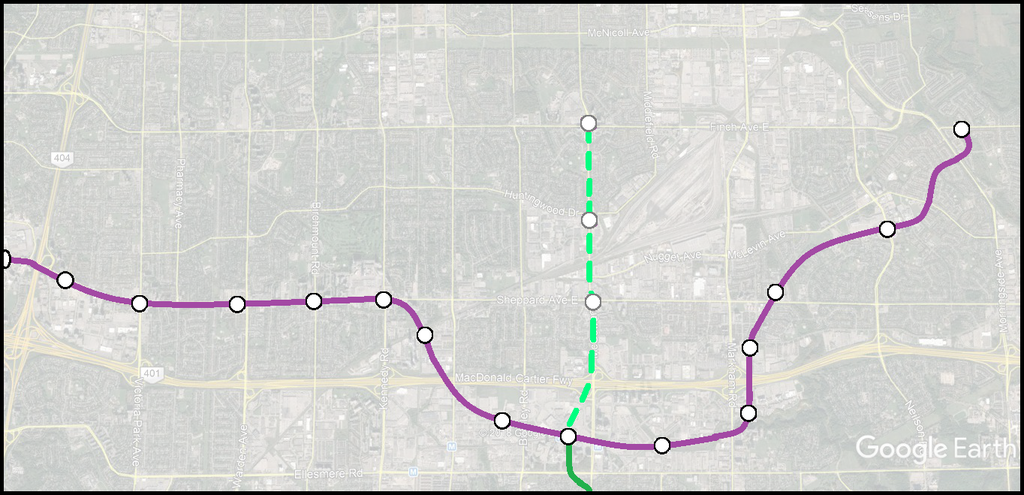44 North
Senior Member
It does better than any surface route. The Sheppard subway's peak hour/direction ridership is nearly 5,000 people. The King streetcar is the busiest surface route and it's peak hour ridership in both directions is lower than that.
Meh, that's a useless and nonsensical comparison. Not sure why you went out of your way to bold it. King Streetcar capacity through the core is less than 2,000pphpd. Obviously it can't surpass its capacity limit even if it wanted to, and it's pretty apparent that it has considerable unmet/latent demand.







